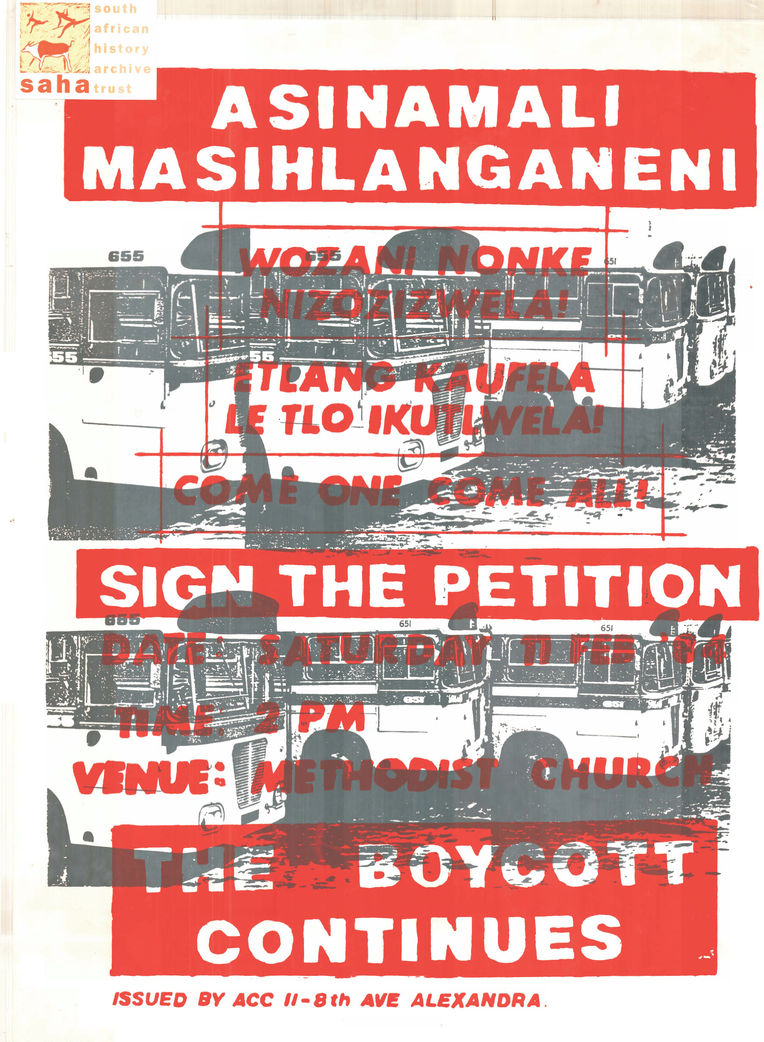Ends
From the Series: The Infrastructure Toolbox
From the Series: The Infrastructure Toolbox

Infrastructures, as Brian Larkin (2013) has recently suggested, work at numerous registers simultaneously. They are functional in that they enable, constrain, and shape the circulation of goods, people, or ideas. At the same time, they can also become signs and symbols: they can make us do things and elicit affect, and they can work via the spectacular and the sublime as much as the mundane and the banal. They can become ethical objects, conduits of power, or be wielded as political tools. It is this multilayeredness that makes them such productive objects of ethnographic inquiry. But in order to ascertain the stakes of our inquiries, we might also need to articulate more precisely what is aspired to—what is gained or foreclosed by a particular choice of ethnographic object. Indeed, after Ian Hacking (1999), we might ask: what’s the point of an anthropology of infrastructure? With David Scott (2005), who provocatively develops Hacking’s question, we could further ask: what is its conceptual or critical problem space? Put more bluntly, why infrastructure, why now, and to what end?
Infrastructure is never just an ethnographic object; it is also always an epistemological point of departure, which is what I want to draw attention to here. That is, while studies of infrastructure are often concerned with tracing specific sociotechnical assemblages, the ethnographic object thus constituted at the same time gestures toward something beyond itself. In other words, the assemblages we de-scribe are always mediated and oriented by particular concepts and prompted by intellectual endeavors that extend beyond themselves. Such orientations, in turn, emerge from specific formations; they are not a priori conceptual problems, but develop out of historically constituted intellectual and political conjunctures.
Let me give a brief example of how, in my work on the politics of infrastructure in South Africa, I have found infrastructure to be a useful epistemological vantage point to think anew about questions of post-apartheid democracy and the periodization of transition through which it is often narrated. Here, an exploration of the specific infrastructural modalities through which apartheid was produced and experienced provides a vista onto continuities often overwritten by a focus on juridico-political narratives of change.
In several ways, apartheid as a state project was brought into being and secured by infrastructural modalities of power; indeed, in certain respects, apartheid was precisely about infrastructures. Think of the segregated public amenities, the jarring images of race-specific entrances or “whites only” benches that came to metonymically represent the injustices of apartheid. Beyond the symbolic, apartheid was also made functional by infrastructures insofar as it was, on some level, a grand scheme to police mobility and thus to produce a racial economy, channeling millions of people via labor bureaus, rail tracks, and passbooks to factories, mines, and farms. Here, infrastructures worked not merely to enable circulation, but just as much to impede, prescribe, and prompt movement. Beyond racist ideology and excessive violence, the apartheid state was also landlord of plots and houses, manager of infrastructures, and collector of payments and rents (Evans 1997). In the absence of political rights, township residents experienced the state primarily through administrative connections. In these ways, apartheid also produced a much more mundane mode of being in the world that was fashioned by infrastructures and attendant bureaucratic routines. Infrastructures were used not to support a (nonracial) public, but, on the contrary, to prevent such a public from coming into being. These were decidedly illiberal forms of infrastructure.
It is unsurprising, then, that the anti-apartheid struggle often unfolded on a similarly infrastructural terrain. Through actions by the African National Congress’s armed wing, such as the spectacular bombings of power plants and rail tracks, infrastructures emerged as central to a symbolic form of warfare. But they were also turned into a political terrain in more ordinary and less public ways, from bus boycotts to the nonpayment of service charges and other small acts of evasion.

While the liberation movement became known to the outside world for its nationalist demands for political rights, such protests or acts of sabotage often remained on murkier administrative, technopolitical terrain. Indeed, they were often highly localized affairs, triggered by specific, at times mundane events like a rate hike or an eviction. Often they were direct responses to the everyday violence of apartheid. In these diverse ways, infrastructures also became sites for the cultivation of political subjectivities, eliciting affective investments, habits of defiance, and embodied stances of refusal. Precisely because apartheid worked against the creation of a public, there is a long tradition of a nonpublic politics that worked on this infrastructural terrain.
Against this backdrop, a focus on infrastructure enables an analysis of politics that is less constrained by juridico-political concepts and focused, instead, on the technopolitical terrain which historically shaped political struggle and which continues to appear in contemporary South Africa in uncanny ways. Infrastructure as an epistemological location provides an account of the political that is attuned to the material and often nonpublic forms of political engagement and on the less apparent ways in which apartheid inhabits the present. In turn, it enables a rethinking of normative liberal-secular accounts of politics, with their imaginaries of the public as a disembodied sphere of deliberation, fantasies of free circulation, and global modularity.
What, then, is the point of an anthropology of infrastructure? Surely there are many answers to this question, as the growing scholarship on infrastructure shows. However, which questions to ask and what conceptual work infrastructure can do—its promise, if you will—cannot be decided in advance, but can only be approached in relation to historically specific fields of intervention. For my purposes here, infrastructure is both object of study and epistemological vantage point from which to explore a less apparent post-apartheid political terrain and, thus, a location from which the South African present may be defamiliarized and the political rethought.
Evans, Ivan. 1997. Bureaucracy and Race: Native Administration in South Africa.Berkeley: University of California Press.
Hacking, Ian. 1999. The Social Construction of What? Cambridge, Mass.: Harvard University Press.
Larkin, Brian. 2013. “The Politics and Poetics of Infrastructure.” Annual Review of Anthropology 42: 327–43.
Scott, David. 2005. “The Social Construction of Postcolonial Studies.” In Postcolonial Studies and Beyond, edited by Ania Loomba, Suvir Kaul, Matti Bunzl, Antoinette Burton, and Jed Esty, 385–400. Durham, N.C.: Duke University Press.